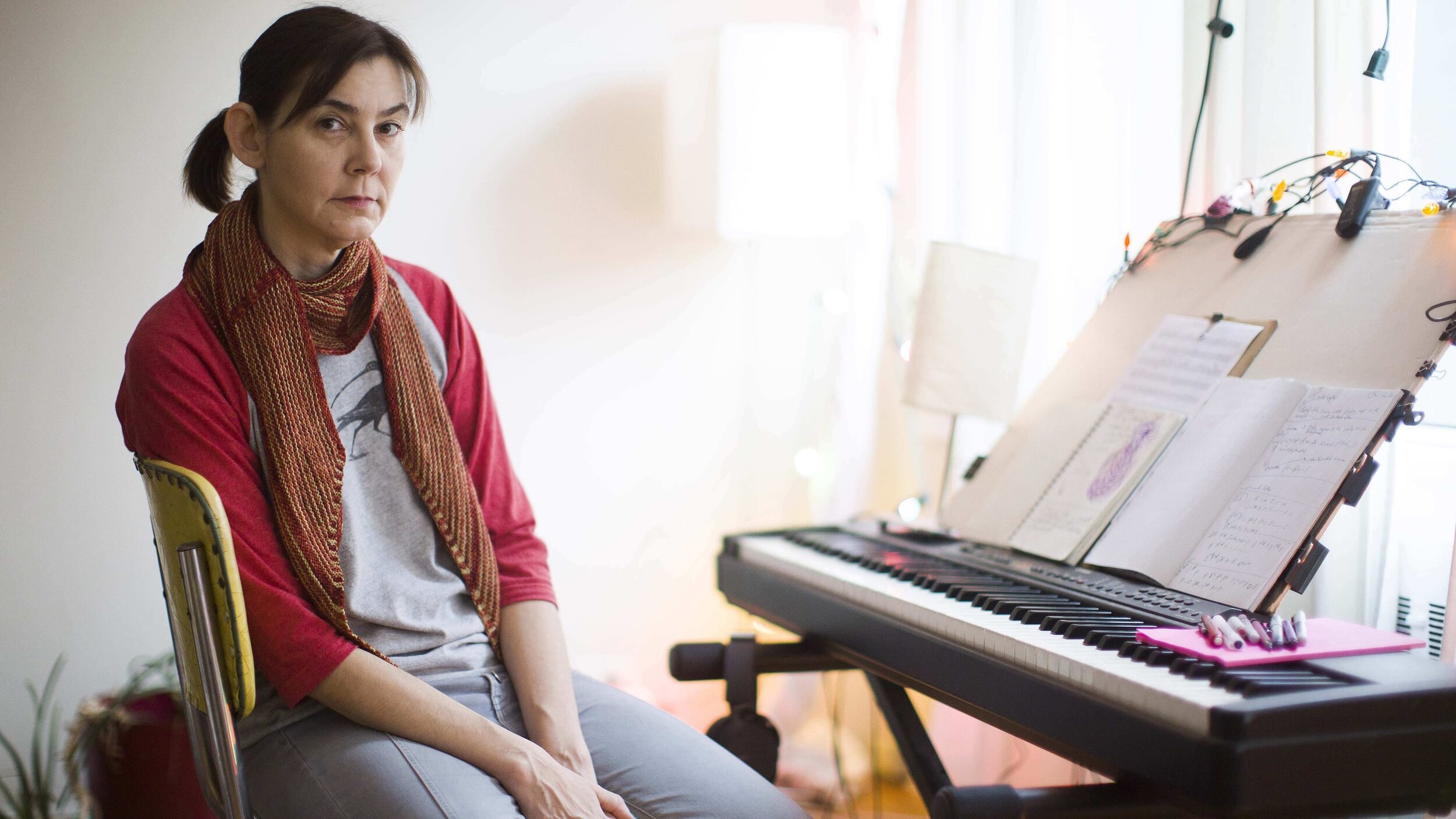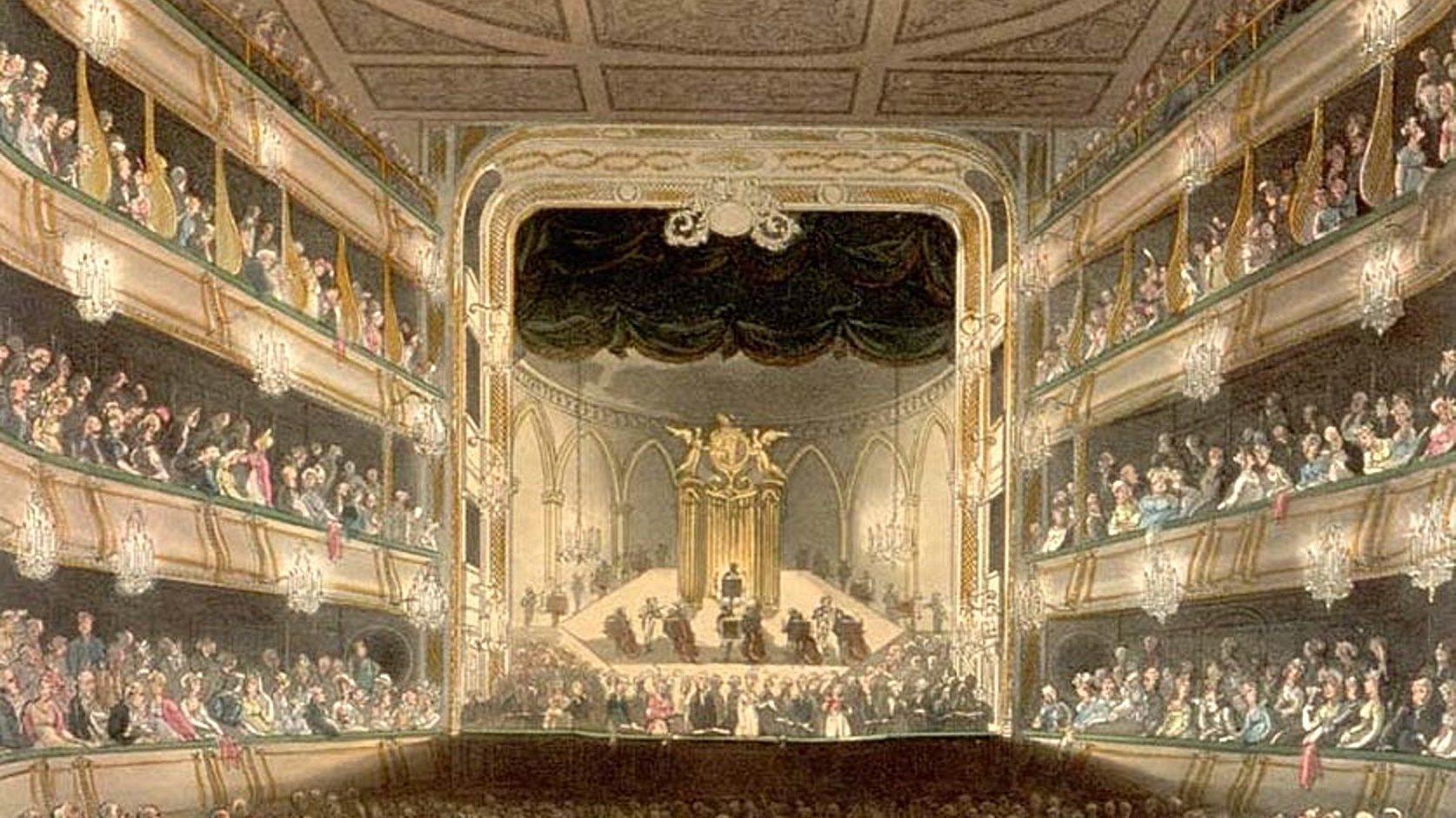Theodore Shapiro’s “Severance” Theme: Haunting and Hypnotic
In a recent post at his Youtube channel, Everything Music, Rick Beato analyzes the title theme from the hit television series, Severance, composed by Theodore Shapiro. Built on modal harmony, the theme is at once haunting, hypnotic, satisfying, and unsettling. Developing from a small fragment, its tension-filled melodic line is filled with wrenching, exotic intervals. Shapiro drew subtle inspiration from David Shire’s theme for the 1974 film noir thriller, The Conversation, which similarly features …







